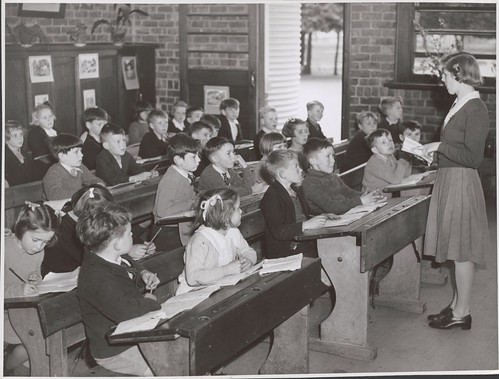Creating a science lesson
The sciences experiences and outcome are designed to stimulate the interest and motivation of children and young people and to support staff in planning challenging, engaging and enjoyable learning and teaching activities.
Lessons within science would be benefited with the use of collaborative working alongside working individually. By working in pairs, trios or to complete learning challenges as part of a larger group – doing this they are experiencing opportunities to discuss and reflect on ideas and their experiences. Effective community learning partnerships in turn enhance learning. Science lessons will often be created to help children develop as responsible citizens due to teachers making good use of current issues in sciences which were reported in a variety of media formats. These can be used by the children to develop and evaluate explanations of environmental, scientific and technological issues.
Lessons are best planned when children have an input in when choosing topics and this is best when they choose to study in-depth and open-ended investigations and projects which develop their higher-order thinking skills. To bring other skills of the curriculum into the lesson would be to include the use of ICT within science. This can be used to allow children to research topics and also analyze and present data.
It is said that learners were reported during lessons to have high levels of motivation and enjoyment when engaging with practical investigative work in order to solve a challenge. This is a positive within a science lesson as there are many opportunities present for children to engage in practical experiments to use as evidence in their research upon topics. While also use ICT to build an analytical understanding of the topic.
During any form of lesson whether that be science, literacy or physical education, learning outcomes and success criteria’s are to be presented to children to aid them within their learning experience. To be supported within their learning, discussion of these would help develop skills within talking and listening. Children often cannot identify or recognize their strengths, areas for development and next steps to improve their learning. By presenting well-created, topic focused learning outcomes and success criteria’s will allow children to see what their learning targets are and what their personal learning plan (dependent on their level of development) for the science lesson would be.
Science – Principles and Practice
Main Purposes of Learning in Science
- Lessons in Science should cover a whole host of learning purposes. These include things like developing a curiosity and understanding of the environment they live in and can also stretch to things like the understanding of Earth’s resources and the need for the responsible/sustainable use of them. They should also cover the general purpose of creating ‘scientifically literate citizens’ with a lifelong passion for science and learning.
Useful Learning and Teaching Approaches
- To ensure the content of the curriculum is delivered it is important to ensure lessons are high quality and stimulate the interest of the children. This can only be achieved by effective planning and the use of varied approaches. Development of varied techniques including problem solving, analytical skills, use of context to relate to young people’s previous experience. As well as this lesson should encourage collaborative learning (intertwined with communication skills) and independent thinking.
- Teachers should use practical lessons to promote Inquiry and Investigative skills. This will give children the foundations of skills which will allow them to plan and design their own procedures and experiments. Further, the children should learn to observe, collect, measure and record evidence and then analyze
Planning for Progression
- Teachers should recognise that any one investigation does not always require children and young people to develop the full range of skills that relate to it. Teachers should have in mind the expectations of say third and fourth level to be able to plan for progression if their are pupils in the class working at a higher level for example.
Support development of scientifically literate citizens
- As well as the ‘sciencey’ part of lessons, pupils should be able to develop opinions on a number of issues and develop an awareness of social, moral and ethical views on science e.g. Fracking etc.


